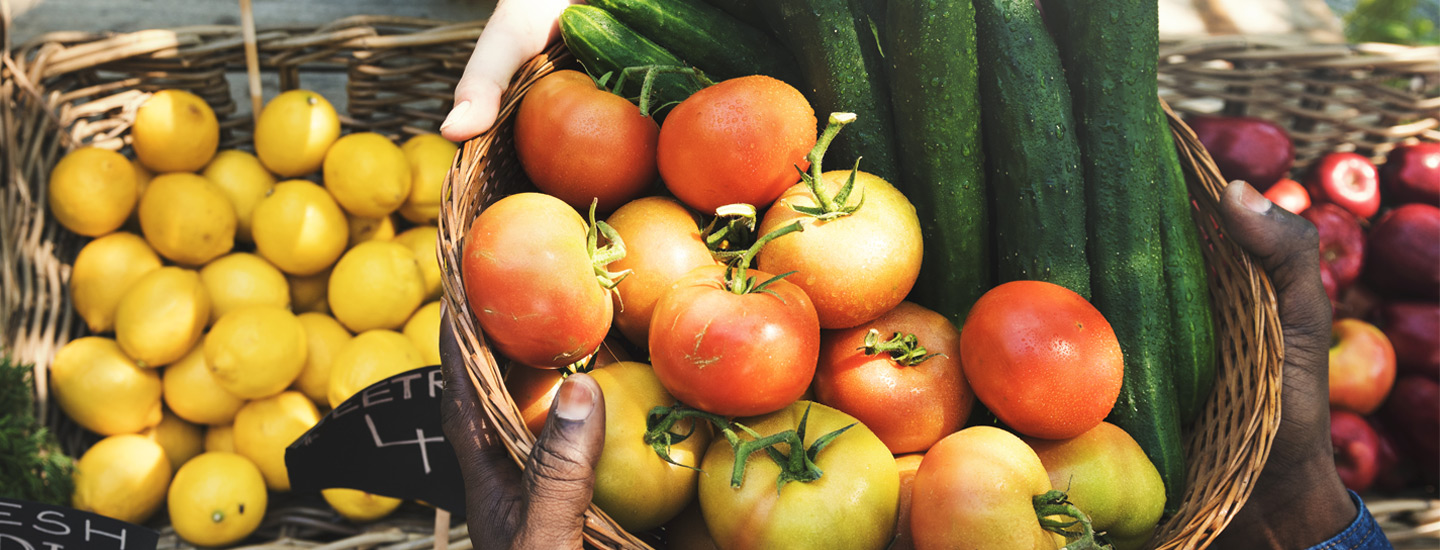For us, the best return on investment is not just about feeding people today.
Ensuring access to fresh, nutritious food is a crucial element in building healthy communities. At the Feeding Florida network of food banks, we represent more than just a food distribution system; we are a community investment. Our food banks strive to ensure struggling Floridians have access to the resources they need, even beyond food, to stabilize their households and thrive on their own.
How do we accomplish this? With a great deal of help from Florida agriculture, corporate partners, state government relationships, and the charitable network.
Our network’s partnerships with agricultural producers are a crucial component of our community investment model. We are a wonderfully rich state when it comes to agricultural availability, and these producers are the backbone of our food system, working tirelessly to produce fruits, vegetables, dairy, and meat. By coordinating the distribution of their products through our network of food banks and community partner pantries, we can help reduce food waste while ensuring that Floridians in need have access to fresh and healthy food. This approach helps those who are hungry and builds a more sustainable food system that benefits Floridians in the long term.
We are also proud to work in partnership with the legislature and the state of Florida to ensure that our resources go beyond providing a one-time meal to those in need. We ask for these investments in order to amplify the work we do with far-reaching, impactful, wraparound services. Innovative programs within our food banks offer not only career training but provide soft skills and financial literacy education to help clients navigate the workplace while stabilizing their household.
Also key to uplifting our communities are our partnerships with health care providers, strengthening the link between health and hunger with the use of prescriptive foods. Prescriptive food programs are designed to get fresh fruits and vegetables to underserved populations who are in food deserts or lack consistent access to fresh, healthy food.
Our network is focused on growth and innovation to reach and help rural Florida, from connecting with small community grocers and expanding on existing assistance programs to bringing healthy food access to food deserts with the assistance of mobile food markets.
By investing in our network, state leaders help us distribute locally grown produce to our neighbors and support the good work of our partners, including health care providers, local community agencies, and other impactful organizations. Any money invested into the network is strategically reinvested into our state making it an investment in stabilizing households, helping children learn, job training, and much more.
For us, the best return on investment is not just about feeding people today but ensuring that they have the resources to independently support themselves and their families in the future. When you support the Feeding Florida network, you are investing in the future of families, veterans, children, faith-based charities, and of course, our agricultural community.
When you invest in the Feeding Florida network, you are investing in the future sustainability of our communities.
___
Guest Author: Robin Safley is the Executive Director of Feeding Florida.
Published in Florida Politics April 21, 2023
https://floridapolitics.com/archives/605709-robin-safley-investing-in-florida-communities-through-food-banks/

